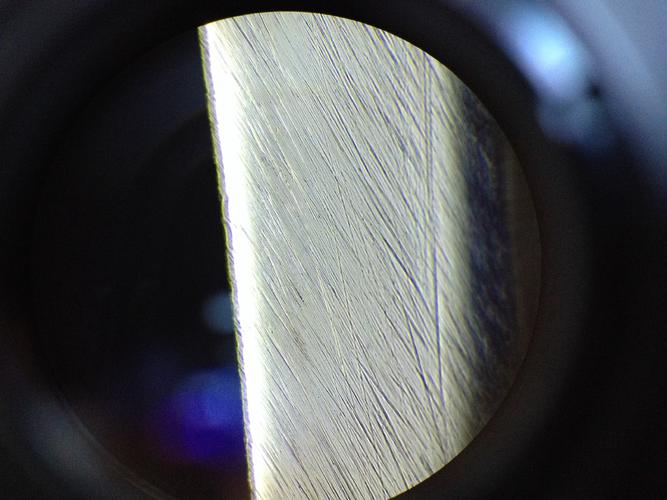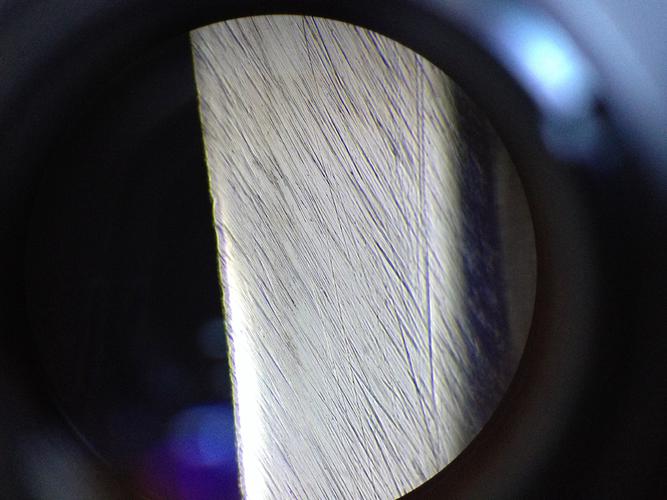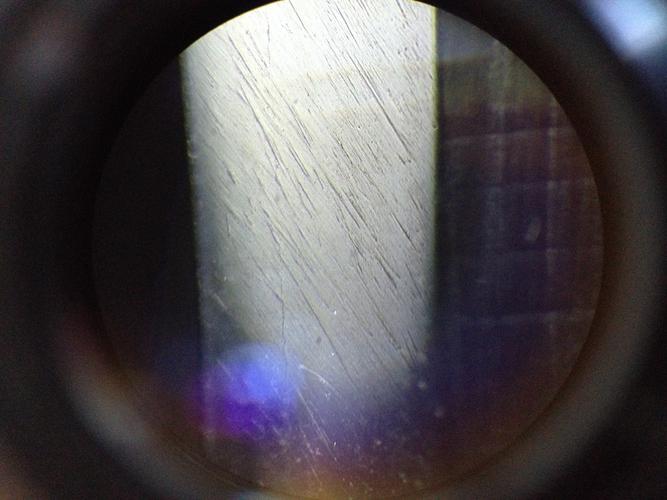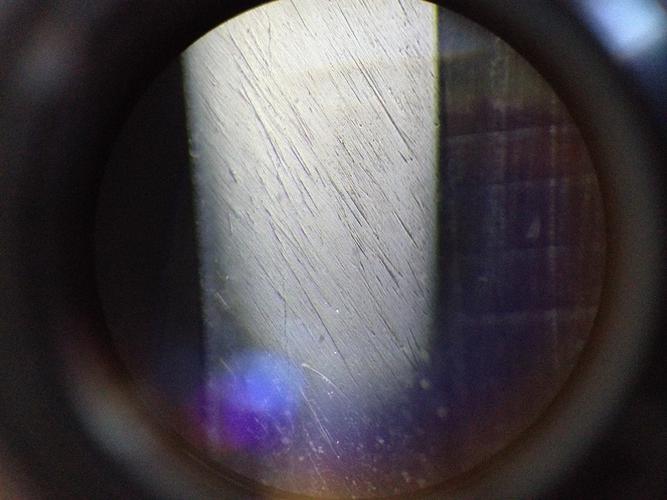Results 41 to 50 of 59
Threaded View
-
01-09-2015, 07:38 PM #1
 Grit issues, does any one else see a problem here
Grit issues, does any one else see a problem here
I have been looking at a knife edge for about an hour getting frustrated and scratching my head. Tell me what you see when it comes to the scratch pattern. Note please forgive the poor pics. It's hard to take a pic through a eyepiece and hold a light at the same time. These are done at 100x. The grits are 8k and 16k.
16k


8k


Again in sorry for the poor pics. Tell me if you see a problem. The pics are not switched and the 16k was freshly flattened with a DMT325 and rinsed/cleaned off the best I could.
Forgot to mention both of these are Shapton GSLast edited by rlmnshvstr8; 01-09-2015 at 07:41 PM.
A fool flaunts what wisdom he thinks he has, while a wise man will show that he is wise silently.


 33Likes
33Likes LinkBack URL
LinkBack URL About LinkBacks
About LinkBacks






 Reply With Quote
Reply With Quote